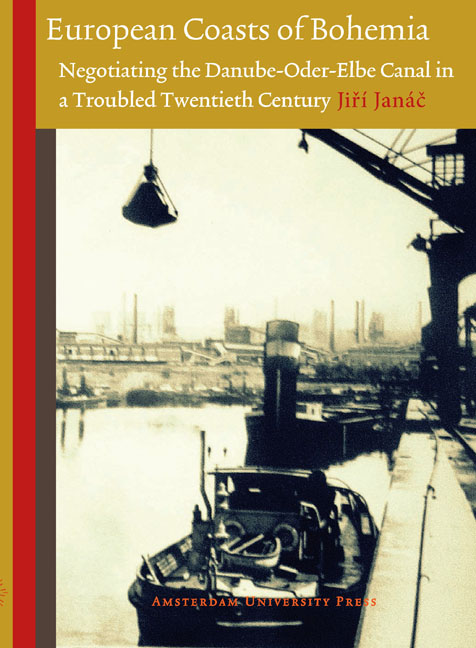Summary
“This (the Danube Oder Elbe canal) is a European affair. It makes no sense as a national project. We cannot afford it; such a project is tens or hundreds of billions of crowns. If the European Union recognizes the project is reasonable and is ready to finance it, then it might be realized”. Thus argued Pavel Drobil, Czech Environment Minister on August 16, 2010. Drobil agitated for a bold decision: Three months earlier, on May 26, 2010, the caretaker government of the Czech Republic, led by Prime Minister Jan Fischer, decided to extend the building ban in the corridor of the proposed route of the Danube-Oder-Elbe Canal. The administration took the last possible opportunity to close the debate that had re-opened several years earlier when the Czech Republic entered the European Union (EU). Despite long-running controversy over the idea of building a canal, national authorities, sensing a great funding opportunity from the EU Cohesion Fund, revived the century-old vision of building a canal to link the Elbe, Oder, and Danube rivers. The proponents saw the opportunity to correct a well-known mistake made by William Shakespeare, who in The Winter's Tale famously (and inaccurately) refers to Bohemia as having a coastline. Proponents of the canal wanted to fulfill an old dream to situate Bohemia on European coasts.
Responding to protests from ecological organizations and in an effort to firm up the idea, the proponents established an inter-sector governmental committee to evaluate the project. Environmentalists countered that the canal's construction would endanger water quality in all three river basins as well as their local water cycles. Sketching an image of a gigantic concrete trough slicing deep trenches through the landscape, opponents of the project argued that, once constructed, the canal would deprive the lower Morava-Danube junction of its natural cleansing and flood-control capacity. The projected canal would cause the Morava floodplain and the Oder meanders to vanish from the map altogether. Furthermore, the environmentalists felt that river transport would fail to be competitive with other modern modes of freight transportation, thus removing the very economic justification for the potential natural hazards. Paradoxically, the canal promoters’ main argument for constructing the canal had been environmental. They saw the proposed waterway as a tool of complex water management using natural forces while simultaneously stabilizing the water balances; it would secure optimal conditions for the area's sustainable development.
- Type
- Chapter
- Information
- European Coasts of BohemiaNegotiating the Danube-Oder-Elbe Canal in a Troubled Twentieth Century, pp. 9 - 26Publisher: Amsterdam University PressPrint publication year: 2013



